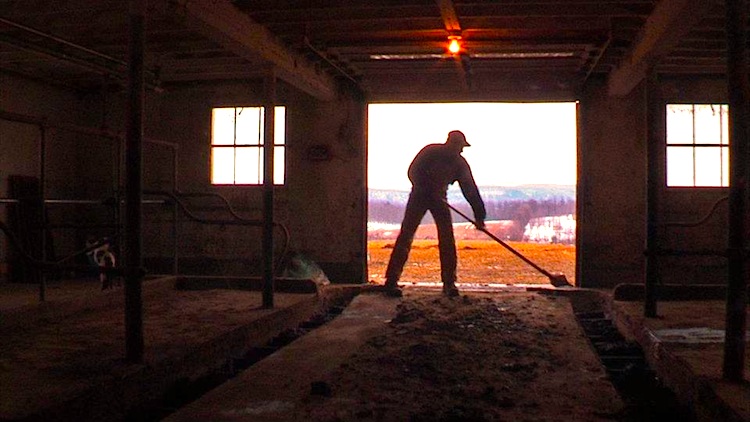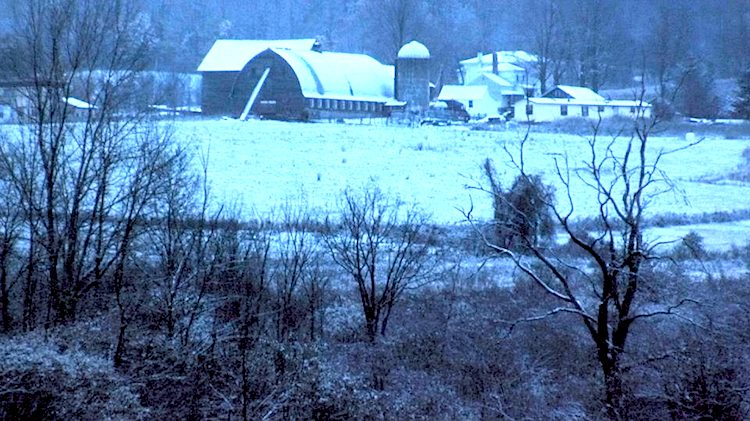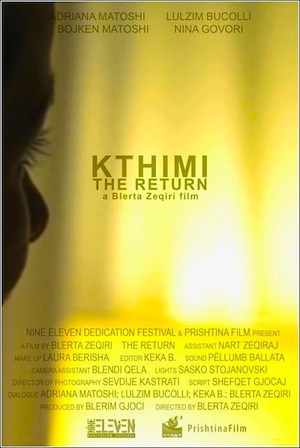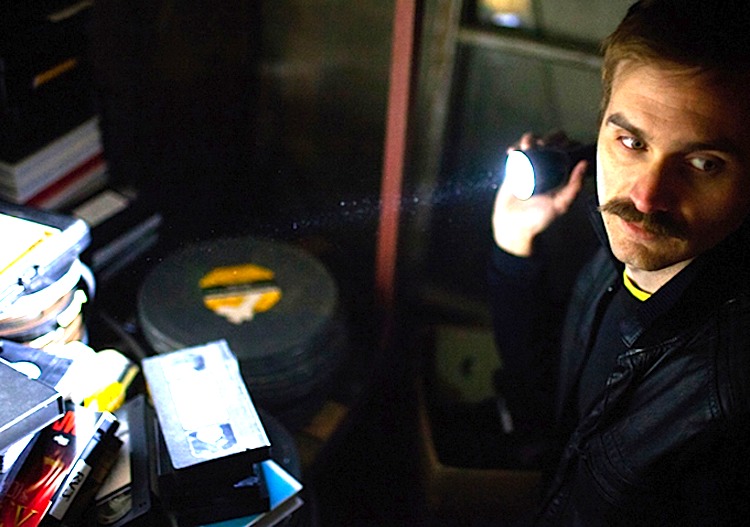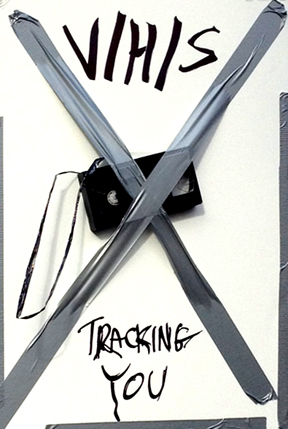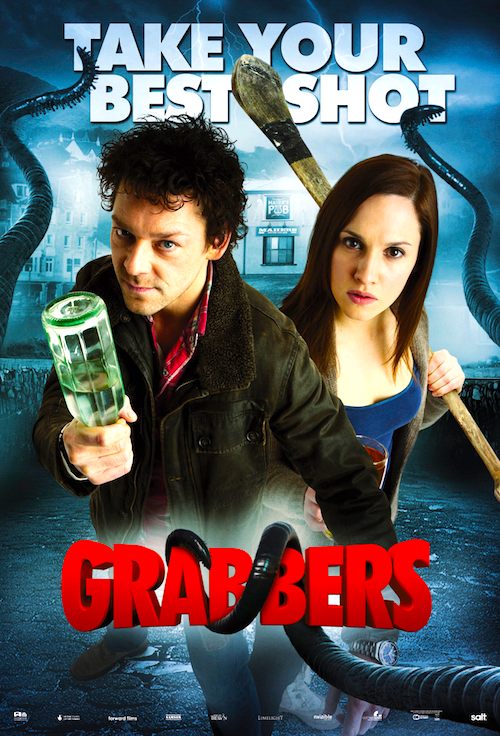 By Joe Bendel. Believe it or not, that last Guinness before you leave is the last best line of defense against alien invasion. Fortunately, the villagers of Erin Island are up to the demands of survival in Jon Wright’s Grabbers, which screened during the 2012 Sundance Film Festival.
By Joe Bendel. Believe it or not, that last Guinness before you leave is the last best line of defense against alien invasion. Fortunately, the villagers of Erin Island are up to the demands of survival in Jon Wright’s Grabbers, which screened during the 2012 Sundance Film Festival.
Garda Lisa Nolan is a workaholic who spends her vacation temping for the sergeant on the tight little island. Busy drowning a broken heart, local Garda Ciarán O’Shea is not impressed, at least not by her ambition. Fortunately, nothing ever happens there, at least until the aliens invade. At first, the only one to see the blood-sucking mollusks – at least, the only one who lives to talk about it – is the town drunk (and he’s not even O’Shea). After a bit of investigation, it turns out the aliens do not have a taste for .2 alcohol levels. With a storm fast approaching, there is only one thing to do: lock everyone in the pub and get them hammered.
Frankly, Grabbers is a surprisingly mild midnight selection at Sundance (particularly considering this is the year they launched V/H/S). Gentler even than Tremors, it is quite similar in tone to R.W. Goodwin’s unapologetically nostalgic Alien Trespass. Considering the central role played by public inebriation, midnight audiences were probably expecting liberal helpings of gross-out humor that never materialized. Indeed, Grabbers is more about soft chuckles than big belly laughs.
Granted, this is not the sort of film one looks to for rigorous logic, but it makes no sense that the alcoholic would be the only one to stay sober, beyond providing O’Shea with an opportunity for redemption. Still, Richard Coyle is reasonably charismatic as the formerly degenerate Garda. In contrast, Ruth Bradley does not leave much of a mark as Nolan, but David Pearse scores some of the film’s funniest moments as Brian Maher, the short-tempered barkeep.
Wright keeps things moving along well enough and the monster effects are realized quite well (arguably better than they should be in an old school creature feature). The results are all very pleasant, but never quite live up to the promise of its clever premise. Nice, but not crazy, Grabbers should nonetheless find an appreciative genre audience following its midnight screenings at this year’s Sundance Film Festival.
SUNDANCE GRADE: B
Posted on January 30th, 2012 at 12:43pm.

